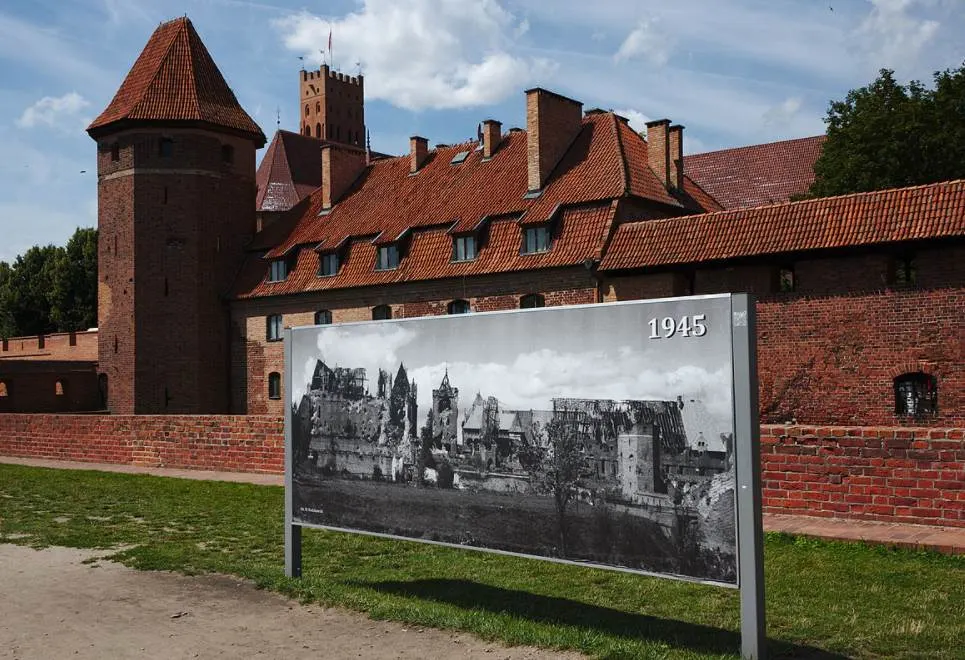What happened shortly after a bunch of religious opportunists invaded an area in 13th-century Europe? They built a castle to protect the area that they just conquered.
One of the greatest castles in Europe was built for this reason, and in this article, we’ll take a closer look at some of the most interesting facts about Malbork Castle, a structure that holds a fascinating record.
1. It’s located in the central part of northern Poland
Malbork Castle is located just north of the center of the town with the same name in northern Poland. Malbork is the capital of the county with the same name as well and is situated in the Pomeranian Voivodeship.
This relatively small town with a population of fewer than 40,000 inhabitants has a rich history, especially because of the immense castle within its borders.
Back in the 13th century, this area was part of Prussia and the town was referred to by its German name “Marienburg.” The town was named after its patron saint, the Virgin Mary and it grew in importance as the castle was expanded over the centuries.

2. It was built by a German military group of crusaders
The original structure in this location was built by members of the Teutonic Order, officially known as the ” Order of Brothers of the German House of Saint Mary in Jerusalem.”
As you surely expected, these were Crusaders who founded a military group in the year 1190 which ended up becoming a Catholic religious order. These Teutonic Knights were assigned to help pilgrims on their journey to the Holy Land.
Their intentions weren’t always this compassionate, however, because they invaded Old Prussia in the 13th century, an event known as the “Prussian Crusade.” They built Malbork Castle subsequently as a stronghold to control the region.
3. The complex consists of 3 castles built in a huge enclosed area
How and when the initial construction of the castle started remains unknown because there are no surviving documents related to the matter. We do know that the original version of the castle was completed around 1300.

It was constructed in a strategic location on the east bank of the River Nogat and the Teutonic Order eventually set up their headquarters in this fortified structure. This is the main reason why this castle became so important and why it was frequently expanded over the centuries.
The compound in which the castle was built covers an area of 21 hectares (52 acres). The building complex consists of 3 castles which are referred to as the High, Middle, and Low Castles, and the entire perimeter is surrounded by an immense castle wall.
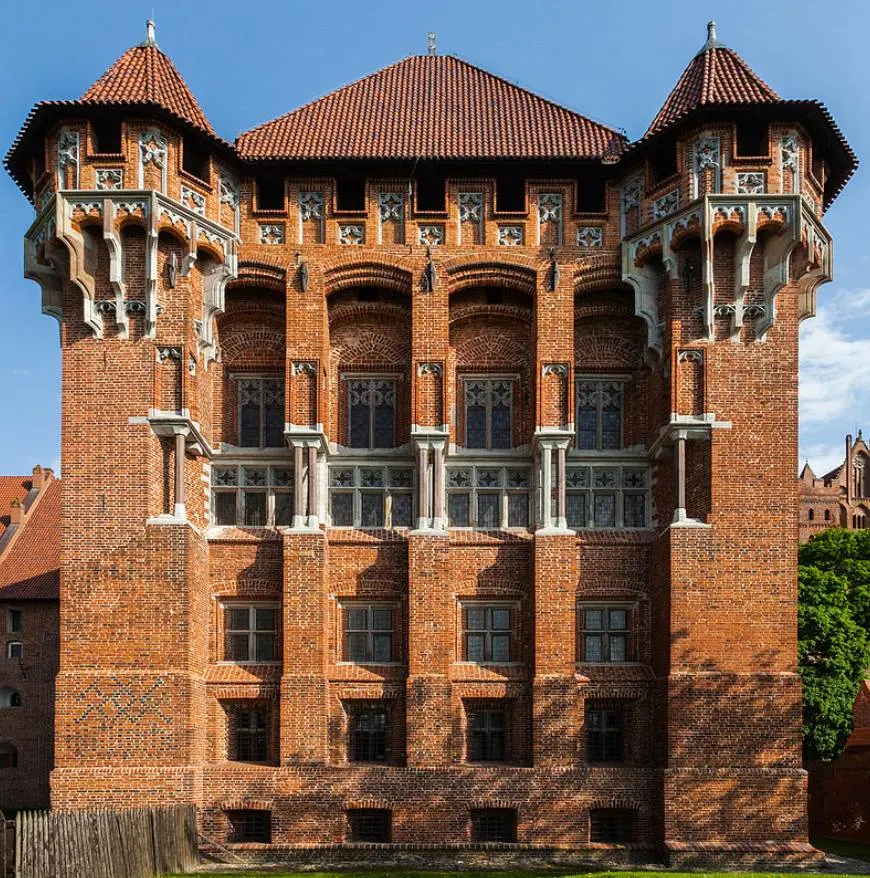
4. The main castle held a remarkable record upon completion
The castle’s buildings were completed around 1406 and the structure was the largest fortified Gothic building in Europe in the early 15th century. It was also the world’s largest brick building upon completion.
The castle compound covers an area of 143,591 square meters (1.54 million square feet). This means it’s still by far the largest castle in the world by area today.
To give some reference to this number, this is about 4 times the size of the area of Windsor Castle (54,835 square meters / 590,239 square feet) and ell over double the size of the immense Prague Castle (66,761 square meters / 718,09 square feet).
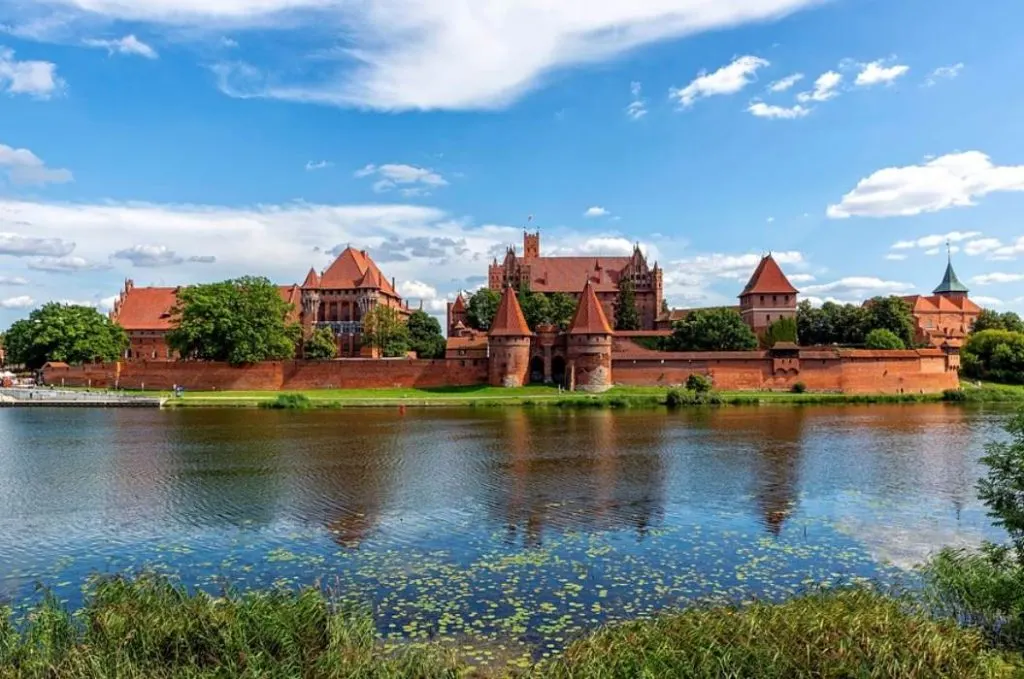
5. It was official residence of the Kings of Poland for over 3 centuries
The Teutonic Order eventually had to abandon the castle due to both financial problems and a looming invasion of the Kingdom of Poland during the Thirteen Years’ War (1454-1466).
The castle and town officially became part of the Kingdom of Poland in 1466 under the Polish Malbork Voivodeship, an administrative division of the province of Royal Prussia.
It subsequently served as the official residence of the Kings of Poland until Malbork was annexed by the Kingdom of Prussia during the First Partition of Poland in 1772.
6. The castle fell into ruins after being used by the Prussian Army
The dilapidated castle was used as a barracks for the Prussian Army following the events of the 1770s. Just a few decades later, Europe would radically transform following the French Revolution and subsequent Napoleonic Wars.
It briefly served as a hospital and weapons arsenal during the Napoleonic period. Napoleon visited the castle at least twice in 1807 and 1812 but this couldn’t prevent the worsening state that the medieval castle found itself in.

7. The first restoration period lasted nearly a century
The final defeat of Napoleon was followed by the first major restoration period that lasted from 1816 until the start of World War I.
The Germans took great pride in this amazing structure which ended up becoming a symbol of Prussian history. At the end of the 19th century, the castle looked just as how it did during its medieval glory days.
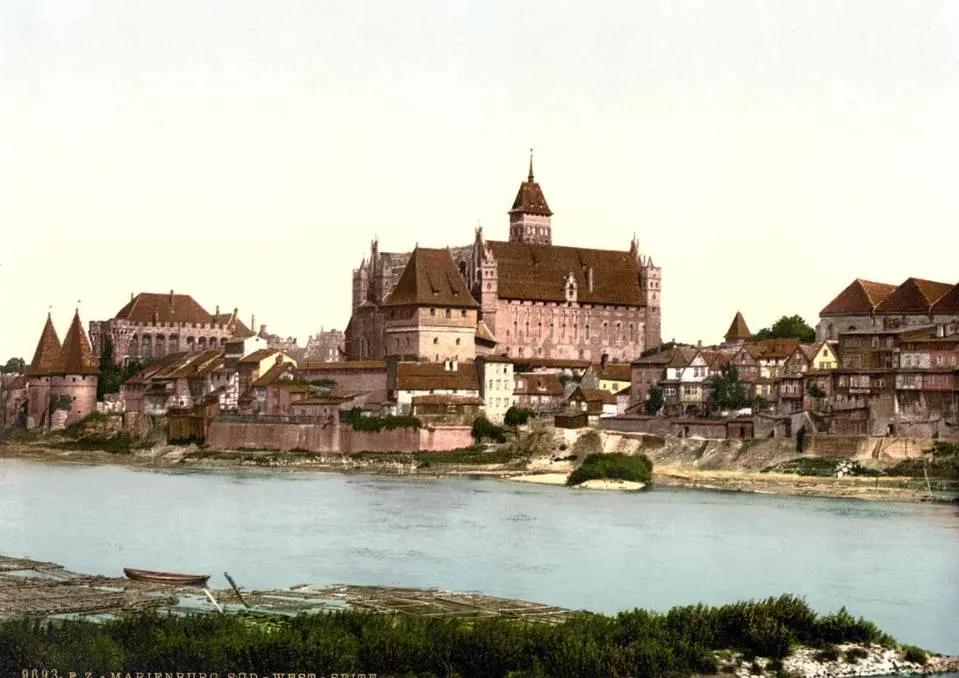
8. Its architecture was used as a blueprint for Hitler’s indoctrination centers
The castle gained popularity during the Nazi regime and was even used for Hitler Youth and the League of German Girls propaganda events.
This was pretty much an addendum to the Prussian pride for the castle that took place in the 19th, albeit the evil version of it. It became an example structure for structures referred to as National Socialist Order Castles.
These were pretty much Nazi propaganda indoctrination centers that were built all across Germany. These were referred to as NS-Ordensburgen, a name derived from the Teutonic Order that built Malbork Castle.
9. The castle was destroyed again at the end of World War II
Because the nazis used the castle in such a horrible way, it wasn’t spared at all during World War II. During heavy combat in the area, half of the castle ended up completely flattened.
Perhaps even more remarkable is that the outer walls of the castle were left intact, something that couldn’t be said about the hammered buildings of the castle complex.
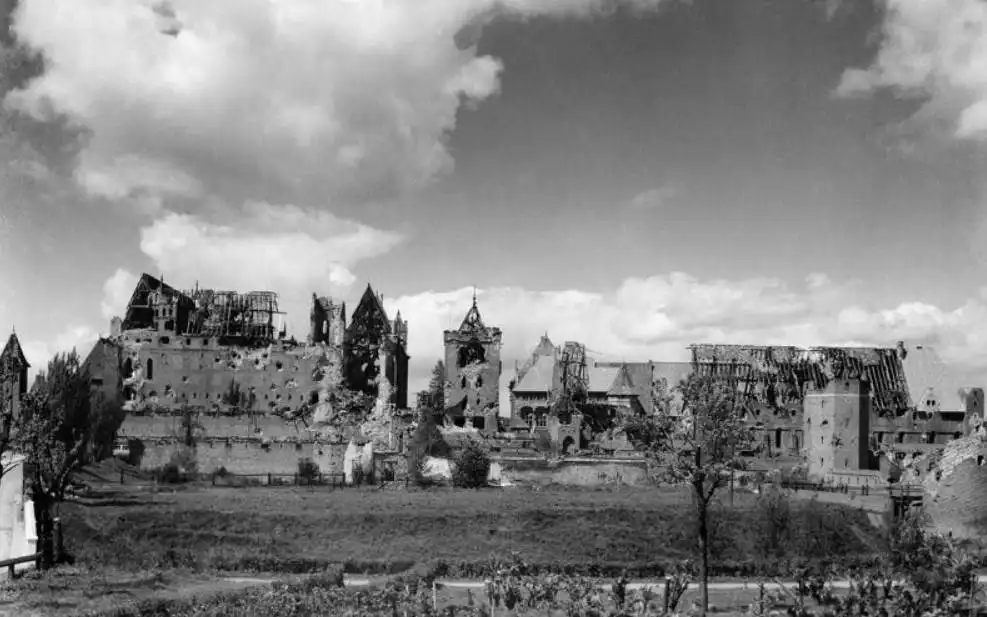
10. It was completely restored and became a UNESCO site
Following World War II, the castle became part of Poland again and was completely restored to its original glory. This process started in the year 1962 following a fire in 1959 that flattened even more sections of the buildings.
Because of its extensive history and remarkable medieval architecture, it was added as a UNESCO World Heritage Site in the year 1997. The other medieval World Heritage site in the area is the medieval city of Toruń, not too far south from Gdansk and Malbork Castle in northern Poland.
